Supernatural Monster Mythology Evolution: Djinn
Over the 14 seasons of Supernatural, the scope, development and progression of the “monster” has undergone massive transformation. From its original horror movie foundations, Supernatural has grown to tell a deep, impactful story that transcends any monster of the week story arc formula, and so with it have the traditional monsters evolved.
In this article series, we’ll look at some of the main “monsters” (traditional and not-so-traditional), how they’ve changed from their first meet-and-greet within Supernatural, significant lore revelations along the road, their impact on Sam and Dean, and their impact on the series in general.
Monster Mythology Evolution: Djinn
The Djinn are one of the most fascinating creatures that Sam and Dean encounter in the run of Supernatural. Though djinn don’t appear often through the series, when a djinn is the creature feature of the week, the story line promises to be revealing and deeply character driven due to the nature of the djinn’s power and effect.
Though appearing a handful of times, there are two significant appearances of the djinn that we’ll discuss in this piece – and two might seem minimal, but it’s a rich pool of character information to dive into!
First Appearance: 2.20 “What Is and What Should Never Be”
Most Recent Significant Appearance: 8.20 “Pac Man Fever”
When we first meet the djinn, his appearance is almost ethereal and certainly haunting. Tattoos, glowing eyes, silent with a chilling touch that renders the recipient comatose for the purpose of blood draining.
Sam and Dean meet their first djinn, to their mild amusement, at the end of season two. Through research (a la Sam) we learn they aren’t friendly, blue lamp dwellers; instead prone to places like empty warehouses and not fans of sliver knives dipped in lamb’s blood. And so, the djinn mythos is born.
“What Is and What Should Never Be” is always on the top of my favourite episodes lists, even after 14 seasons, simply because of the emotional impact, not to mention the visuals.
“A Wish Your Heart Makes”
Through the run of the series, the djinn are a malevolent and physical embodiment of the concept of “wish fulfillment.” We first meet a djinn in the seminal episode “What Is and What Should Never Be” when Dean wakes up in a world where Mary never died and he never became a hunter.
Freudian analysis states that dreams are a subconscious manifestation of unspoken wishes: “the dream represented a particular state of affairs as I should have wished them to be.” In his djinn-induced coma, Dean’s deepest wish is made bare in his dream state: that Mary lived. It’s simple, pure and uncomplicated as he later says to Sam, “It was just a wish. A wish for mom to live.” But as the saying goes, be careful what you wish for.
The djinn feed on extreme emotions – be they the joy in Dean when he’s living in a fantasy world with his mother or the fear and adrenaline of Charlie battling against her inner demons. In both situations the only way to escape the hold of the djinn poison (and yes, I recognize Charlie is a unique situation, but I digress for the purpose of this analysis…) is in accepting reality and breaking the illusion that has been created.
Escapism
“Avoidance of unpleasant, boring, scary and banal aspects of life.”
Whether a dream or a nightmare, the effects of the djinn underline a recurrent theme in Supernatural. That is, reality must be faced. The notion of hiding inside the ultimate fantasy or in a world where the “bad” is less frightening and more readily defeated as in Charlie’s video game nightmare speaks to the “flight” response of the fight-or-flight nature in humans. Though this is a common thread in Supernatural the presence of the djinn amplifies these emotions and the lessons learned are harsh but very real. Extreme denials, one way or another, will always hinder.
It is interesting that in Dean’s fantasy where mom is alive he and Sam have no relationship and his brother – whom we know to be his world – seems to perceive him as a loser. So although his mother lives, it speaks to the idea that he is hunting and without it, he has nothing else, not even his family a.k.a. Sam.
The escapist quality of this world can’t hold once Dean begins to realize people may have died – suddenly it’s a burden, not an ideal. The final scene in WIAWSNB seems to be a manifestation of his subconscious (I say this because the djinn is unaware when he escapes for long enough to allow Sam to wake him and start cutting him down) trying to convince him to stay, safely cocooned in the fantasy. He knows he’ll die but he’ll go happy.
Fear
“…Courage was not the absence of fear, but the triumph over it. The brave man is not he who does not feel afraid, but he who conquers that fear.”
On the other end of the spectrum is the fear-feeding djinn. Again, not an “evolution” per se, but rather an off-shoot of the already established djinn mythology, we only encounter these guys in one significant way in “Pac Man Fever” – but it is meaningful. This is not the first time the djinn use fear, just the first mention of them feeding on fear. In the second episode where the djinn appear, “Exile on Main St.” the djinn’s attack again takes a mental approach – this time overdosing Dean, Sam and other victims with fear until they succumb to it.
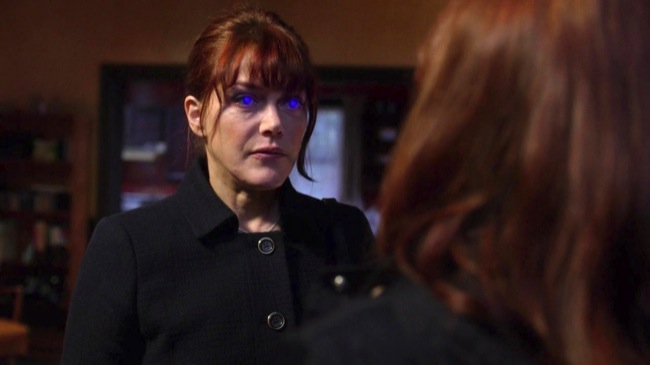
Not unlike Dean, Charlie becomes trapped in a world born of her mind where she must protect patients from vampires, as a character in a video game. Charlie is driven by fear, but it is still an extreme and elaborate escapism created – Charlie creates a tangible enemy/problem she can fight in her djinn narrative to avoid the hardest and scariest reality about her mother.
Illusion v Reality
For both Charlie and Dean, their unspoken inner feelings are manipulated by the djinn and twisted for the benefit of the djinn, one for pleasure and one for fear. In each situation the djinn feed on extreme emotions born of avoidance, the thing our characters didn’t want to speak of or face or the ultimate suppression in a fantasy. It is only when each character accepts and faces their individual realities that they are freed from the illusion completely. “Exile on Main St.” can be viewed as the bridge between these two, because the illusion haunts awakened individuals but is still a manifestation of things that are, by all accounts, unspoken or unfaced fears. This also marks the introduction of the djinn-cure, of course, which doesn’t work on Charlie and prompts Dean to enter her mind and use his experience with the djinn to help her.
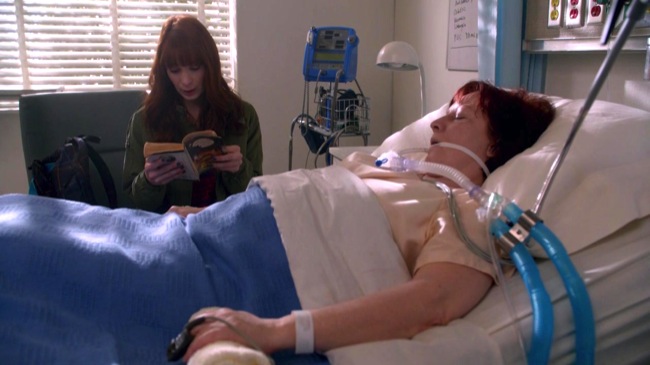
The deep-seeded emotions linger and the djinn manipulate and poison Charlie and Dean with them. In Charlie’s world, she is her own enemy manifesting an elaborate danger-zone because of long, unfaced guilt. In Dean’s he isn’t a bad guy per se, but does his casting of himself so distant from Sam speak to his perception of his own value without hunting? These avoidance’s and unspoken fears or denials talk to the larger theme of Supernatural where silent doubts can become huge hindrances, particularly if left to fester.
Power of a Touch
The djinn, unlike vampires, do not evolve in any traditional sense throughout Supernatural. Rather it is their impact on the characters and the lessons derived from these encounters that become more nuanced and telling in each run-in. Though the djinn themselves are a physical monster, they attack in a psychological and emotional way that rips open the characters, and so in overarching theme the evolution of djinn comes down to the significant mark on the characters.
Supernatural is as much a story of battling physical foes as it is overcoming emotional chaos. Though appearing sparsely through the run of the series, the djinn is a well used vehicle to deliver character development, insights and the deepest, tacit wants of our most beloved characters.
So what is your take away from the djinn? Do they make your list of favourite, if rare, monsters? What would you like to see more of from the djinn, should we be lucky enough to encounter them one more time?
Want to learn more about Supernatural‘s Monsters? Check out the history of Vampires, Werewolves and Leviathan! Then go further with the insightful discussion by Bardicvoice: Supernatural University: On the Genesis and Regenesis of Monsters
Nostalgic for Season Two? Here’s a WFB classic review of “What is and What Should Never Be.”
Read more from Elle!

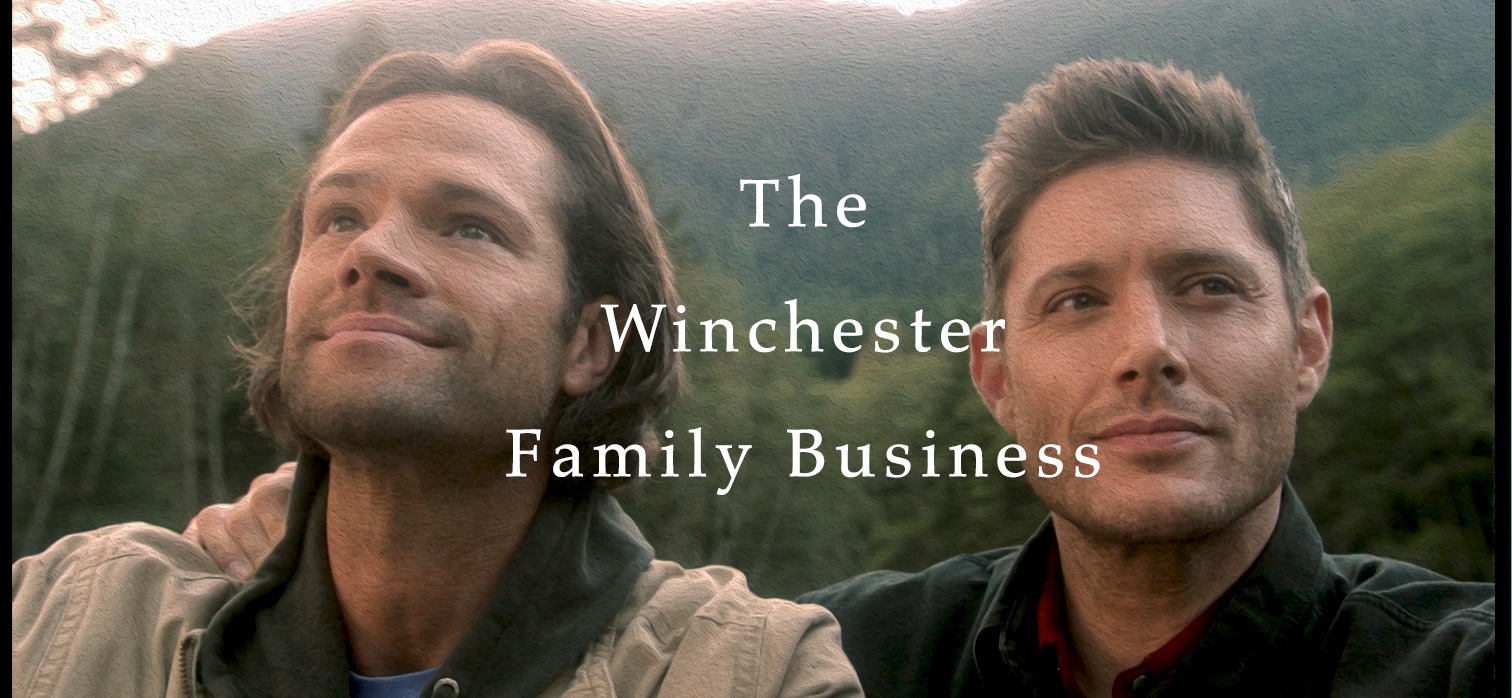
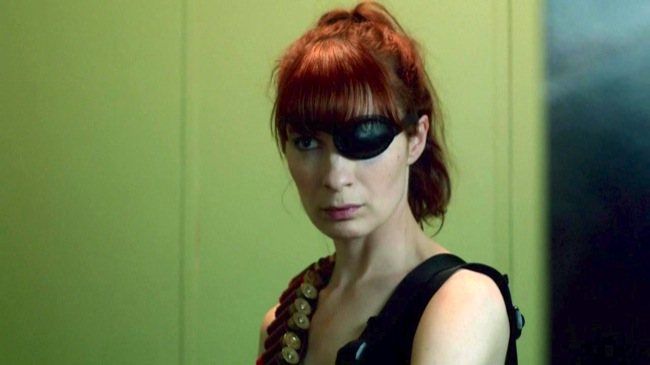
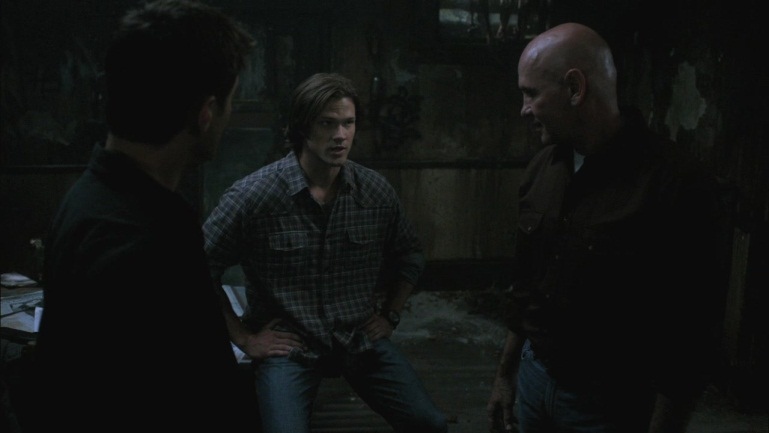
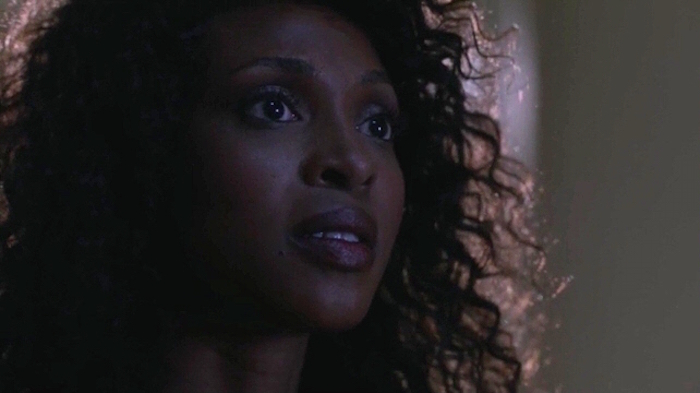
Leave a Reply